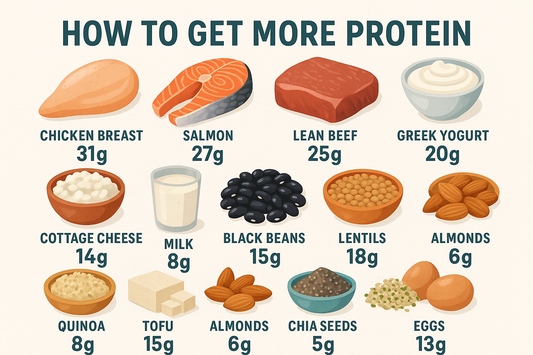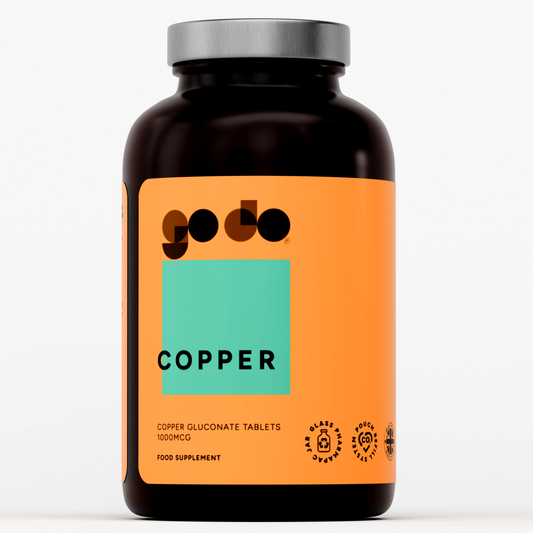As opposed to quadrupeds, whose vertebral columns hang like the chains on a suspension bridge, humans generally stand upright with the vertebral bones loaded one on top of another, divided by rubbery disks. The benefit we gain from our vertical posture and free use of the arms and hands is accompanied by the drawback of having our intervertebral disks under compressive force even when we are simply upright, sitting, hiking, or running, and under even more compressive force when we are lifting and carrying heavy things. When we are in a standing situation, any force we apply with the upper body must be transferred through the back to the legs and ground. Moreover, the back muscles perform at a large mechanical disadvantage and must produce forces much larger than the weight of an object lifted. It is for these explanations that the back is predominantly vulnerable to injury. This is also why strengthening the erector spinae is of the utmost importance. This is not a single muscle, rather the term is used to label a group of muscles that preserve normal vertebral extension (they retain posture) and delivers extension of the vertebral column against resistance. There are three rudimentary groups comprising the erector spinae: the iliocostalis, the longissimus, and the spinalis. The iliocostalis is the most lateral of the group (furthest away from the centre of the body), the longissimus is more in the centre and the spinalis is the most medial. They run down the span of the vertebral column on both sides,fastening to vertebral processes and posterior rib segments along the way. In a well-developed strength or power athlete, they may appear quite big, comparable to having two baguettes along each side of the vertebral column. They can be drafted to extend the vertebral column in part or completely. They have a heavy postural task in upholding normal lordotic and kyphotic curves in both unloaded and loaded settings. Strengthening this set of muscles is then a vital part of avoiding back injuries, as it contributes heavily to orthopaedic security, as well as physical performance in day-to-day tasks. There are plenty of exercises and machines that ‘isolate’ this muscle cluster, but humble deadlifts, cleans, and Romanian deadlifts are among the most effective builders of these muscle’s job and mass.[1][2]
Bibliography
- Ackland, Timothy R., Bruce Elliott, and J. Bloomfield. Applied Anatomy and Biomechanics in Sport. 2nd ed. Champaign, IL: Human Kinetics, 2009.
- Baechle, Thomas R., and Roger W. Earle. NSCA Essentials of Strength Training and Conditioning. 2nd Edition. Champaign, Illinois: Human Kinetics, 2008.
[1]Baechle, Thomas R., and Roger W. Earle.NSCA Essentials of Strength Training and Conditioning. 2nd Edition. Champaign, Illinois: Human Kinetics, 2008.











